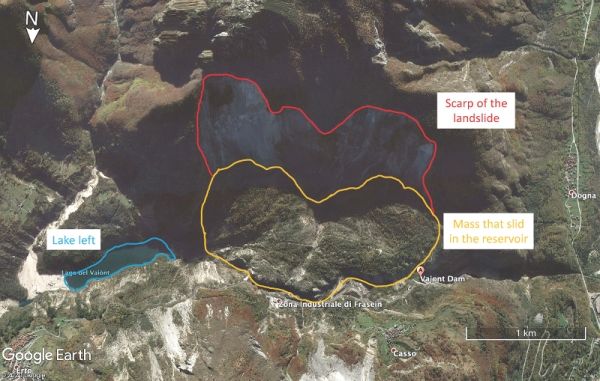Engineers from Duke University have developed a comprehensive new model of deep-seated landslides and demonstrated that it can accurately recreate the dynamics of historic and current landslides that occur under various conditions.
Engineers from Duke University have developed a comprehensive new model of deep-seated landslides and demonstrated that it can accurately recreate the dynamics of historic and current landslides that occur under various conditions.
Peering past the standard measurements of velocity and water levels, the model points to the temperature of a relatively thin layer of clay at the base of the landslide as critical to its potential for sudden cataclysmic failure. The approach is currently being used to monitor an evolving landslide in Andorra and suggests methods for mitigating the risk of its escalation as well as any other future deep-seated landslides.
The results appear online on June 15 in the Journal of Geophysical Research – Earth Surface.
“I published a paper more than a decade ago that explained what happened at the Vajont Dam, one of the biggest manmade disasters of all-time,” said Manolis Veveakis, assistant professor of civil and environmental engineering at Duke. “But that model was extremely limited and constrained to that specific event. This model is more complete. It can be applied to other landslides, providing stability criteria and guidance on when and how they can be averted.”
Read more at Duke University
Image: A bird’s-eye view of the massive scale of the Vajont landslide, which created a tsunami more than 800 feet tall that came crashing over the Vajont Dam, devastating the nearby village of Casso, Italy. CREDIT: Carolina Segui / Duke University




